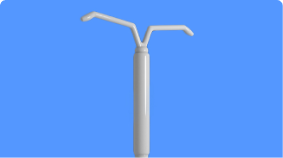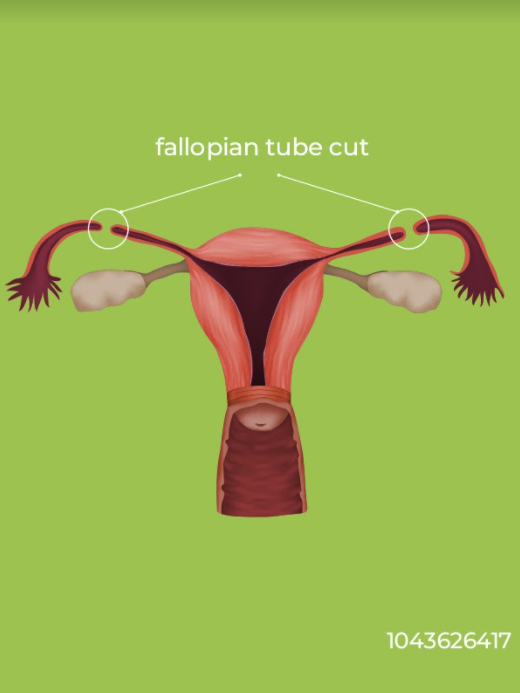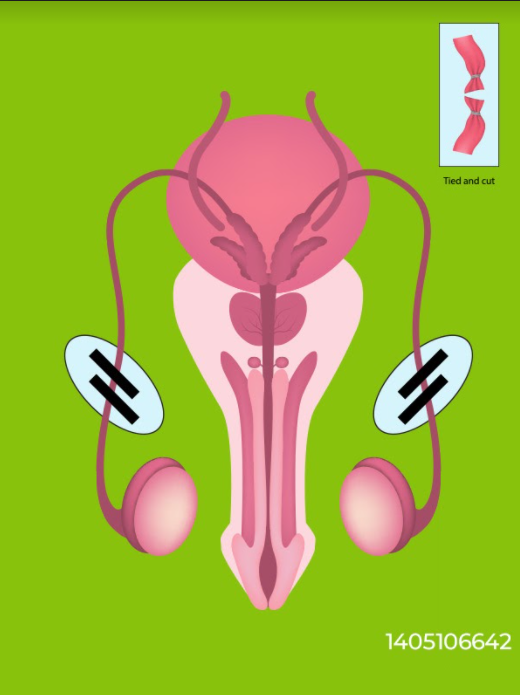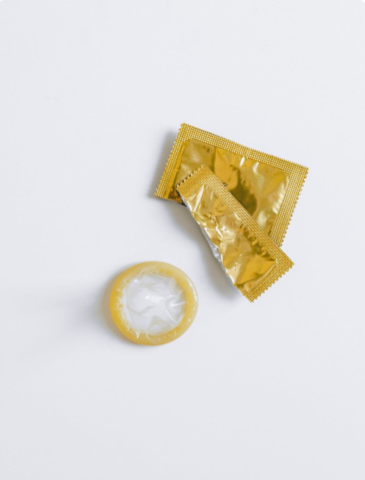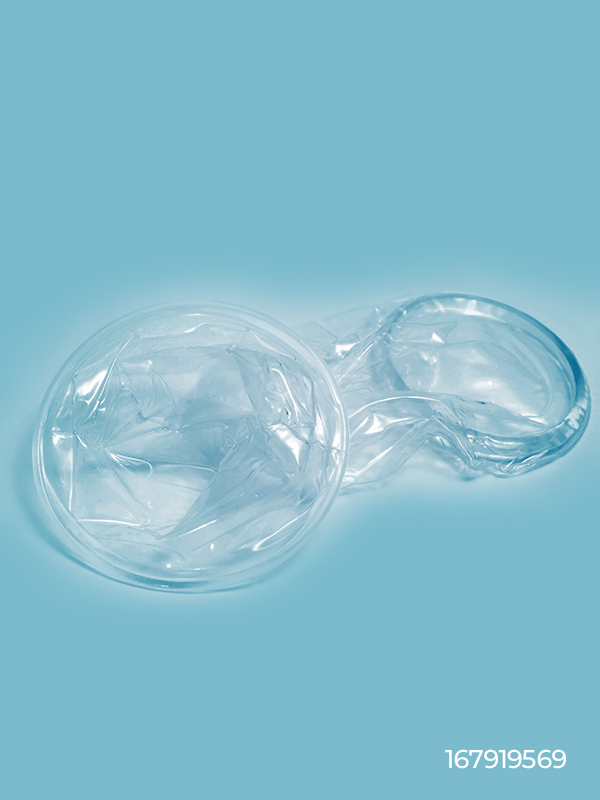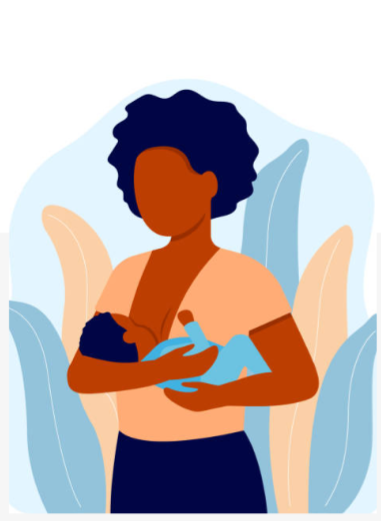Contraceptives
Contraceptives
A contraceptive is a product or medical procedure that interferes with reproduction from acts of sexual intercourse.
While there are a number of contraceptive methods that one can choose from, the points below should be noted:
- Different contraception methods suit different people in different stages of life.
- The choice of contraception method can be influenced by some health conditions.
- Contraceptive methods and their effectiveness to prevent pregnancies also vary.
- Your relationship status also needs to be put into consideration.
In case of any adverse effect visit the nearest health facility or report to a relevant health authority.
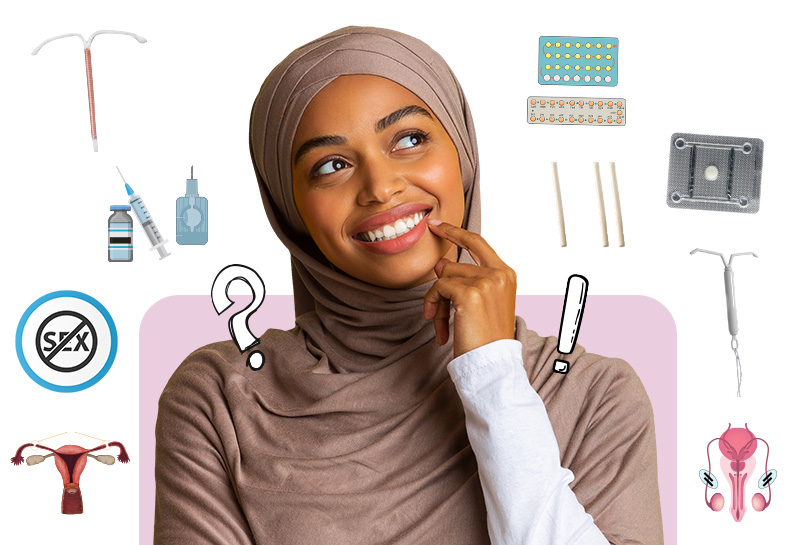
It is therefore very important that one does not initiate the use of a contraceptive method without first consulting a Healthcare provider and undergoing proper counseling. Understanding contraceptives is easy. For effective use, it’s important to consult a healthcare provider.
Contraception – Choice ni yako!
- All
- Hormonal contraceptive methods
- Intrauterine Contraceptive devices
- Voluntary surgical methods
- Barrier methods
- Others
Locate a clinic or youth center
Search Location
Radius: Km
GET DIRECTIONS
Use my location to find the closest Service Provider near me
Frequently Asked Questions
Are implants painful to insert?
You will get a small injection on your arm to numb you. This means you won’t feel pain at all during insertion. There will be a little pain or soreness as the wound heals for about a week.
Can a woman who has never had a baby use an IUD?
Yes. A woman who has not had children generally can use an IUD, but she should understand that the IUD is more likely to come out because her uterus may be smaller than the uterus of a woman who has given birth.
Can ECPs be used more than once?
Yes. If needed, ECPs can be taken again, even in the same cycle. A woman who needs ECPs often may want to consider a longer-acting and more effective family planning method.
Will sterilization change a woman’s monthly bleeding or make monthly bleeding stop?
No. Most research finds no major changes in bleeding patterns after female sterilization. If a woman was using a hormonal method or IUD before sterilization, her bleeding pattern will return to the way it was before she used these methods.








